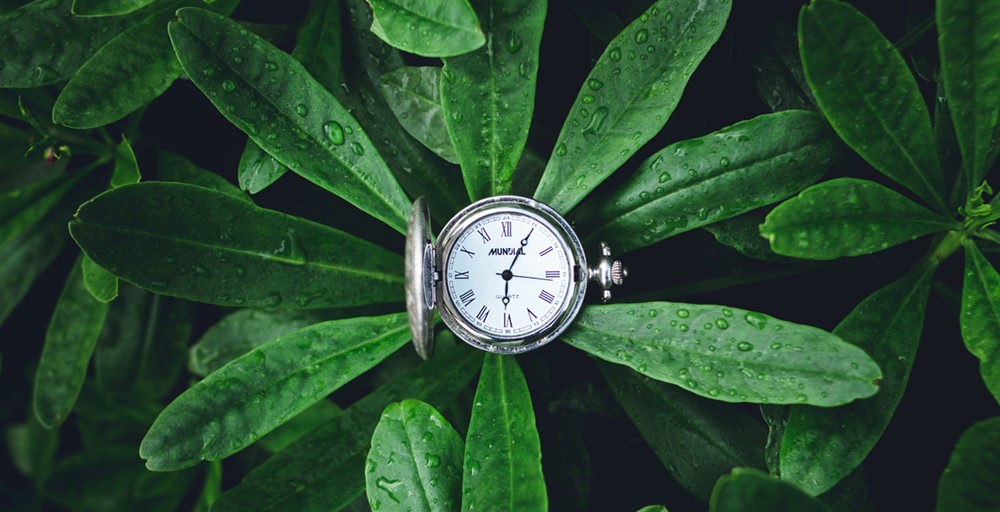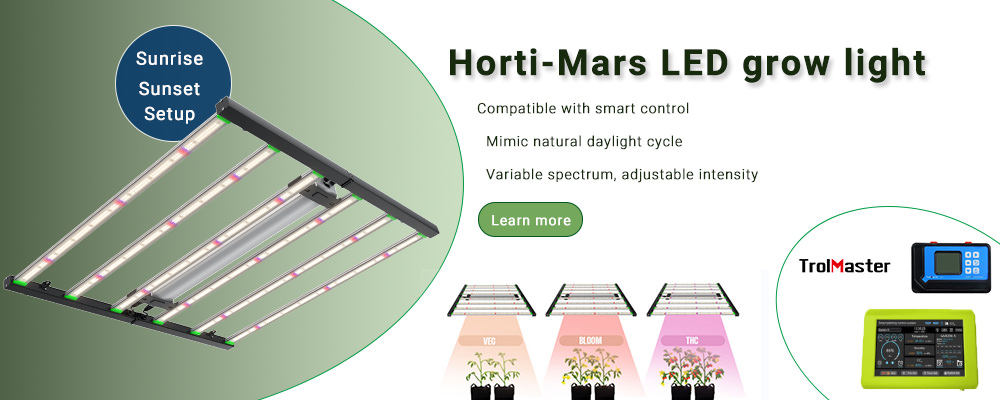Sunrise and Sunset Simulation for Indoor Crops: What You Need to Know
Indoor farming has become increasingly popular in recent years as a way to grow crops in a controlled environment without depending on the weather or soil quality. However, indoor growing also has its own challenges. If you are an indoor farmer, you know how challenging it can be to provide the optimal lighting conditions for your crops. You want to mimic the natural cycle of the sun, but you also want to control the light intensity and duration to suit the specific needs of your plants. How can you achieve this balance without spending too much time and money on your lighting system?
The answer is sunrise and sunset simulation, a technique that uses LED grow lights to simulate the natural light cycle. By simulating the sunlight’s cycle, you can create a natural rhythm for your indoor plants and improve their growth, yield, quality, and health.
In this post, we will explain what sunrise and sunset simulation is and why it is important for indoor crops. We will also show you how it works and how to implement it.
What is a sunrise and sunset simulation
Sunrise and sunset simulation is a technique used in indoor farming to replicate the natural daylight cycles. It is often used in indoor hydroponic or indoor gardening setups, where plants are grown indoors in a controlled environment.
Sunrise and sunset simulation for indoor cultivation involves programming the indoor lighting system to turn on gradually in the morning, mimicking the gradual increase in light levels that occurs at sunrise. The lighting system is also programmed to gradually dim and turn off in the evening, mimicking the natural decrease in light levels that occurs at sunset.
By stimulating natural daylight cycles through sunrise and sunset lighting control, indoor growers can provide their plants with the appropriate level and duration of light exposure. They can help promote healthy growth, as plants rely on light to carry out photosynthesis, which is the process by which they produce food and energy.

Why sunrise/sunset stimulation is important
Sunrise and sunset stimulation can have several benefits when it comes to indoor crops. This technique involves mimicking the natural light conditions of a sunrise and sunset, which can provide several advantages for the growth and development of indoor plants.
Regulate circadian rhythm
One of the primary benefits of sunrise and sunset simulation is that it can help regulate the circadian rhythm of plants. Just like humans, plants have a biological clock that regulates their growth and development. By simulating the natural light conditions of a clock, which can lead to improved growth, increased yield, and better quality crops.
Reduce stress on indoor plants
Another benefit of sunrise and sunset simulation is that it can help reduce stress on indoor plants. When plants are exposed to sudden changes in light conditions or are subjected to prolonged periods of darkness, it can cause stress and impact their growth.
Save energy costs
Moreover, sunrise and sunset stimulation can also help save energy costs by reducing the need for artificial lighting during certain periods of the day. By transitioning from darkness to full light, plants can receive the necessary light they need without the need for additional artificial lighting, which can help reduce energy costs and improve the overall sustainability of indoor farming.
How sunrise and sunset stimulation works
Sunrise/sunset simulation is a technique that can improve indoor crop production by providing optimal light conditions for plant growth. It works by using LED grow lights that can change their intensity and spectrum according to a programmed schedule.
LED grow lights are composed of different types of LEDs of different wavelengths or colors. With the combination of different LEDs, LED grow lights can produce a wide range of light spectra that can match the natural light conditions.
Sunrise and sunset simulation works by gradually changing the light intensity at the beginning and end of each photoperiod. Excessive light intensity in the early morning or late evening can be harmful to plants and may even disrupt their circadian rhythm.
Sunrise/sunset simulations can also be customized to suit different types of crops and growing environments. Some crops may benefit from a longer or shorter sunrise or sunset duration. Sunrise and sunset stimulation can also be adjusted to match the seasonal changes in day length and light quality.

How to implement a sunrise and sunset simulation
Implementing sunrise and sunset settings for indoor crops can provide several benefits, such as higher yields and better crop quality. Here are the steps to implement sunrise and sunset stimulation for indoor crops:
Choose the right LED grow lights
To implement sunrise and sunset stimulation, the first step is to choose the right LED grow lights. These LED grow lights should be capable of realizing sunrise and sunset simulations. You need to consider the light intensity, spectrum, uniformity, efficiency, and durability of the LED lights. You also need a lighting plan to achieve optimal lighting effects while reducing the quantity of LED grow lights.
Design a sunrise and sunset simulation schedule
The timing and duration of the sunrise and sunset simulations will depend on the specific needs of the plants being grown. You need to determine the photoperiod, or the duration of light and dark periods. You also need to determine the time it takes for the light intensity and spectrum to change from dark to bright and vice versa. It is important to adjust the timing and duration based on the plant species and growth phase.
Program your LED grow lights
You need to use a controller or software that can communicate with your LED grow lights and adjust their output according to your schedule. You also need to monitor your LED grow lights to ensure they are working properly and delivering the desired light conditions. The light intensity should be gradually increased or decreased during the sunrise and sunset simulations to avoid shock or stress on the plants.
Sunrise and sunset simulation is a technique that mimics the natural changes in light intensity and spectrum that occur during the day. It can provide optimal light conditions for plant growth and development and help improve crop growth, quality, and yields. However, to achieve this, it is essential to choose the right LED grow lights that can deliver the desired light output and spectrum.
Our Horti-Mars LED grow lights are designed to meet this requirement. They can work with the Trolmaster control system, which is a professional-grade environmental system that can control and monitor various aspects of your indoor growing environment, such as temperature, humidity, CO2, pH, and more. One of the features of the Trolmaster control system is that it can program your LED grow lights to follow a sunrise and sunset simulation schedule that suits your crops and growing environment. You can customize the photoperiod, sunrise and sunset duration, light intensity, and spectrum for each stage of the photoperiod. Except for Trolmaster, Horti-Mars also work with touch screen intelligent controller. By using our Horti-Mars LED grow lights with the control systems, you can implement sunrise and sunset simulation for your indoor crops and enjoy the benefits of this technique.
Feel free to contact us for more information.


